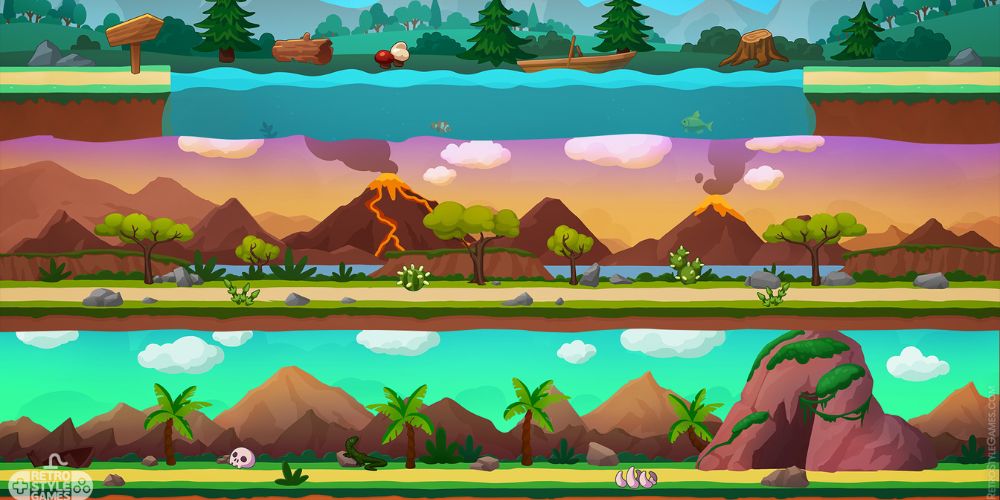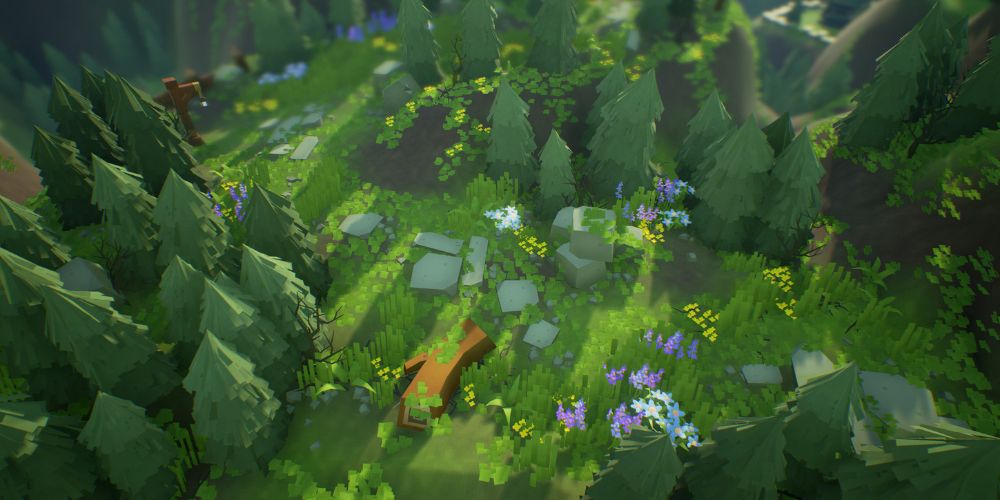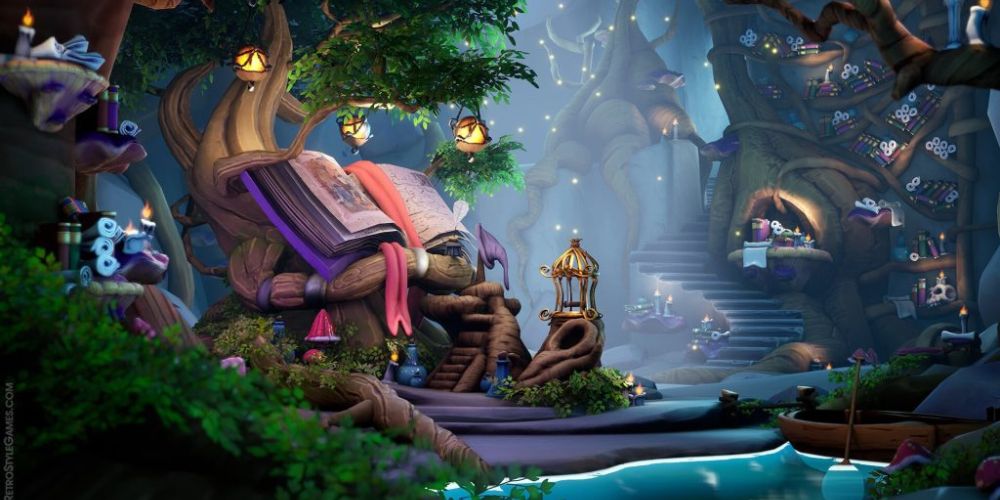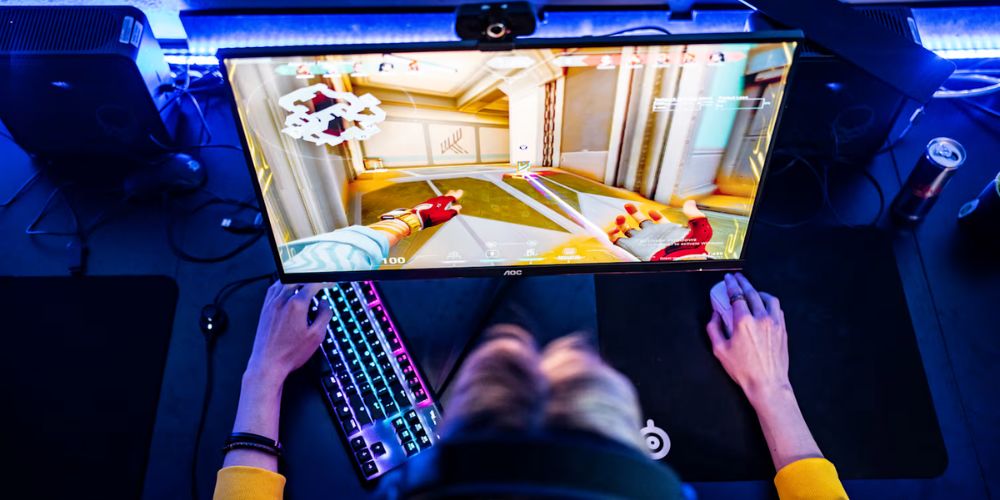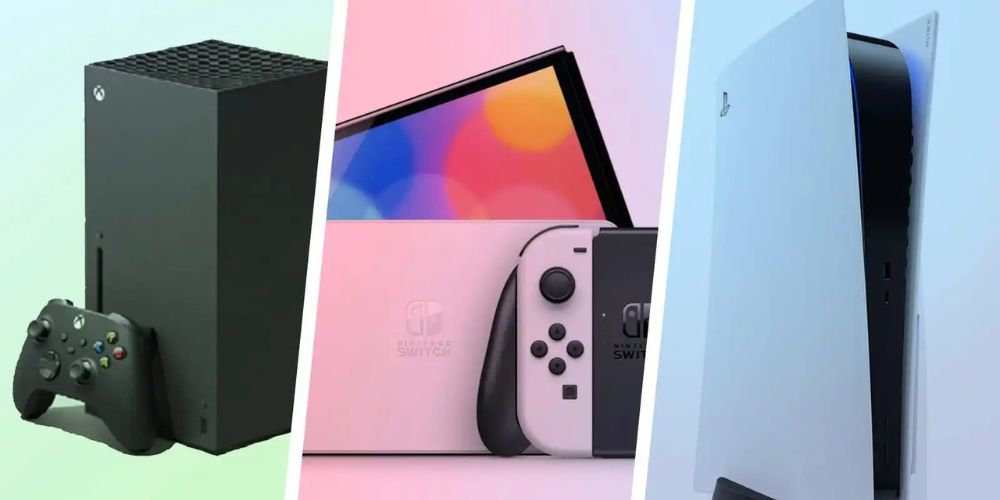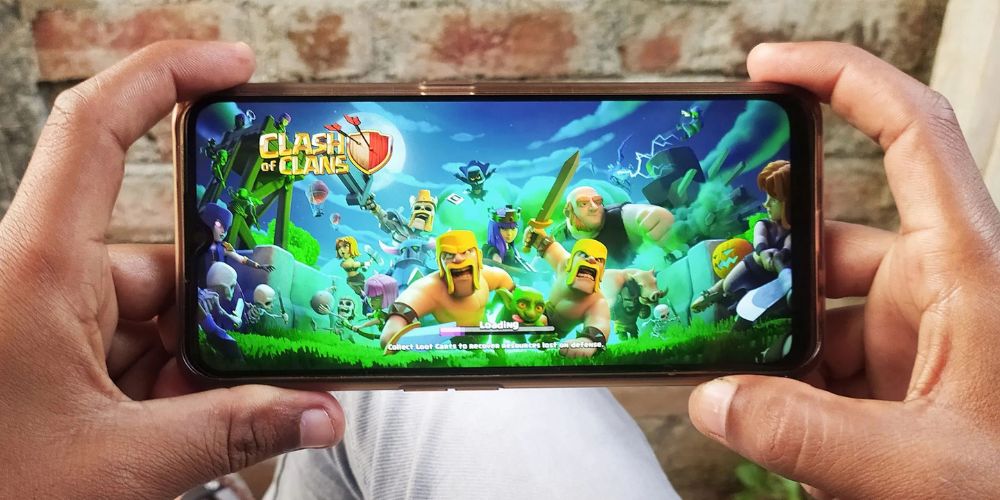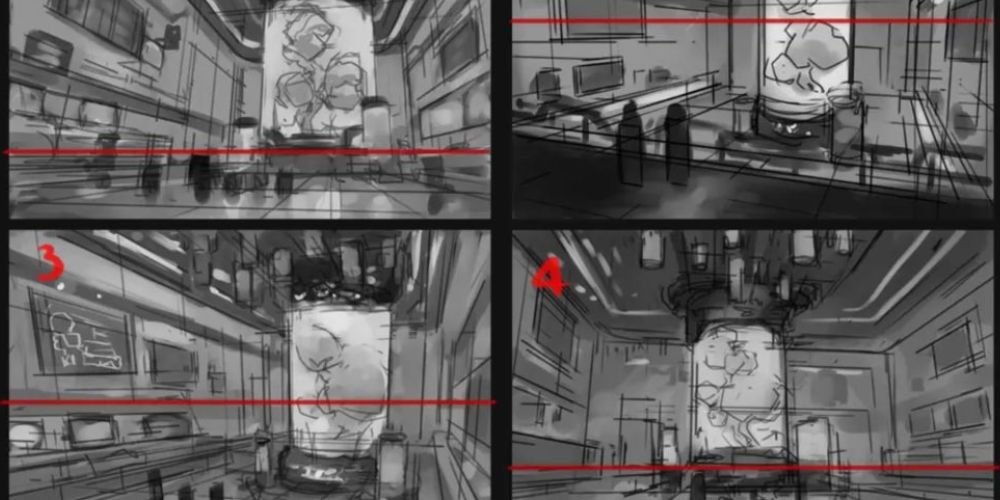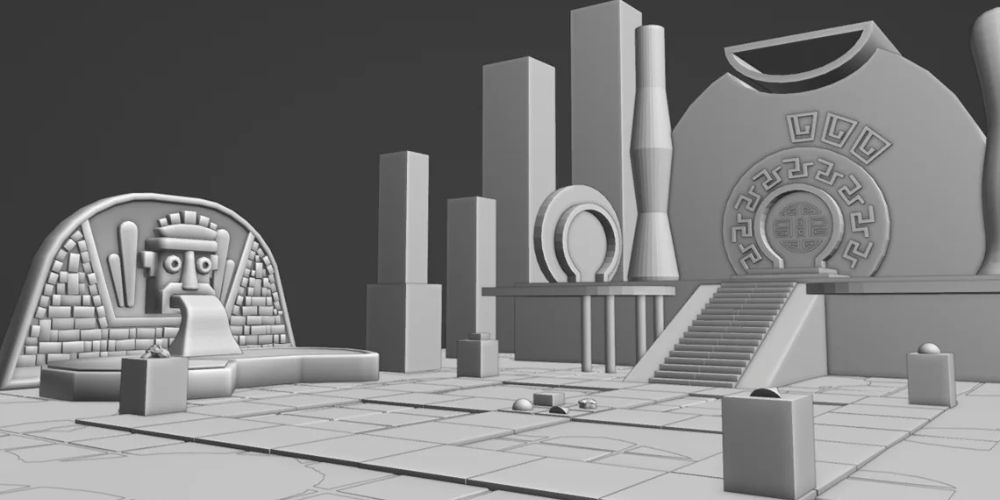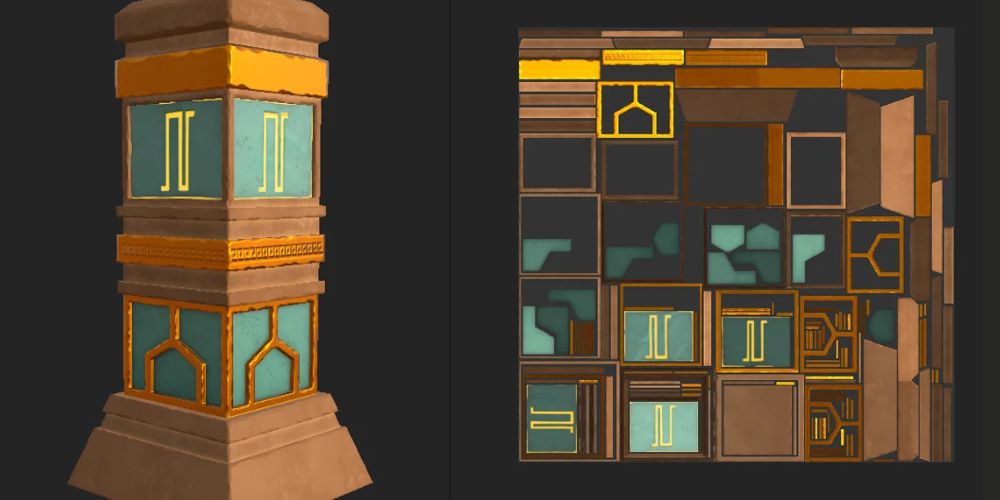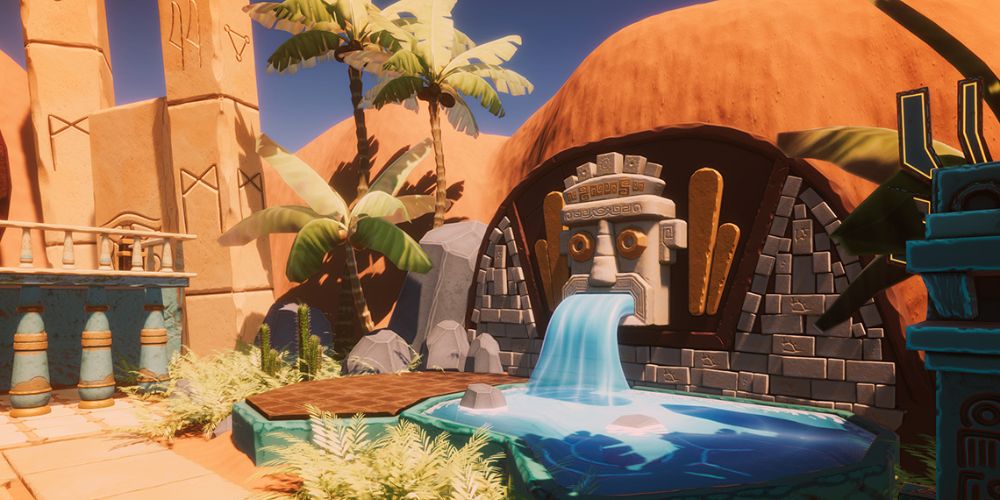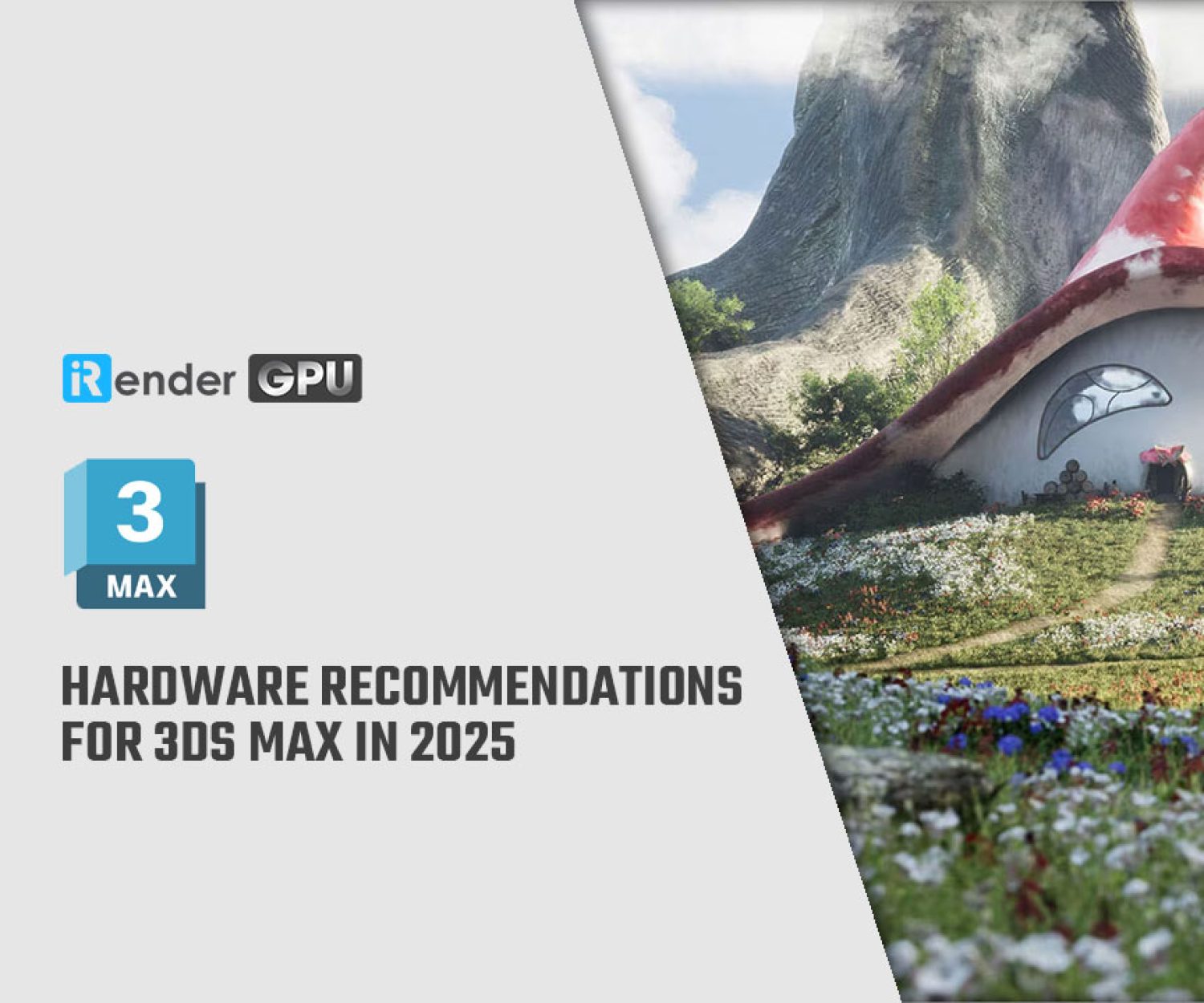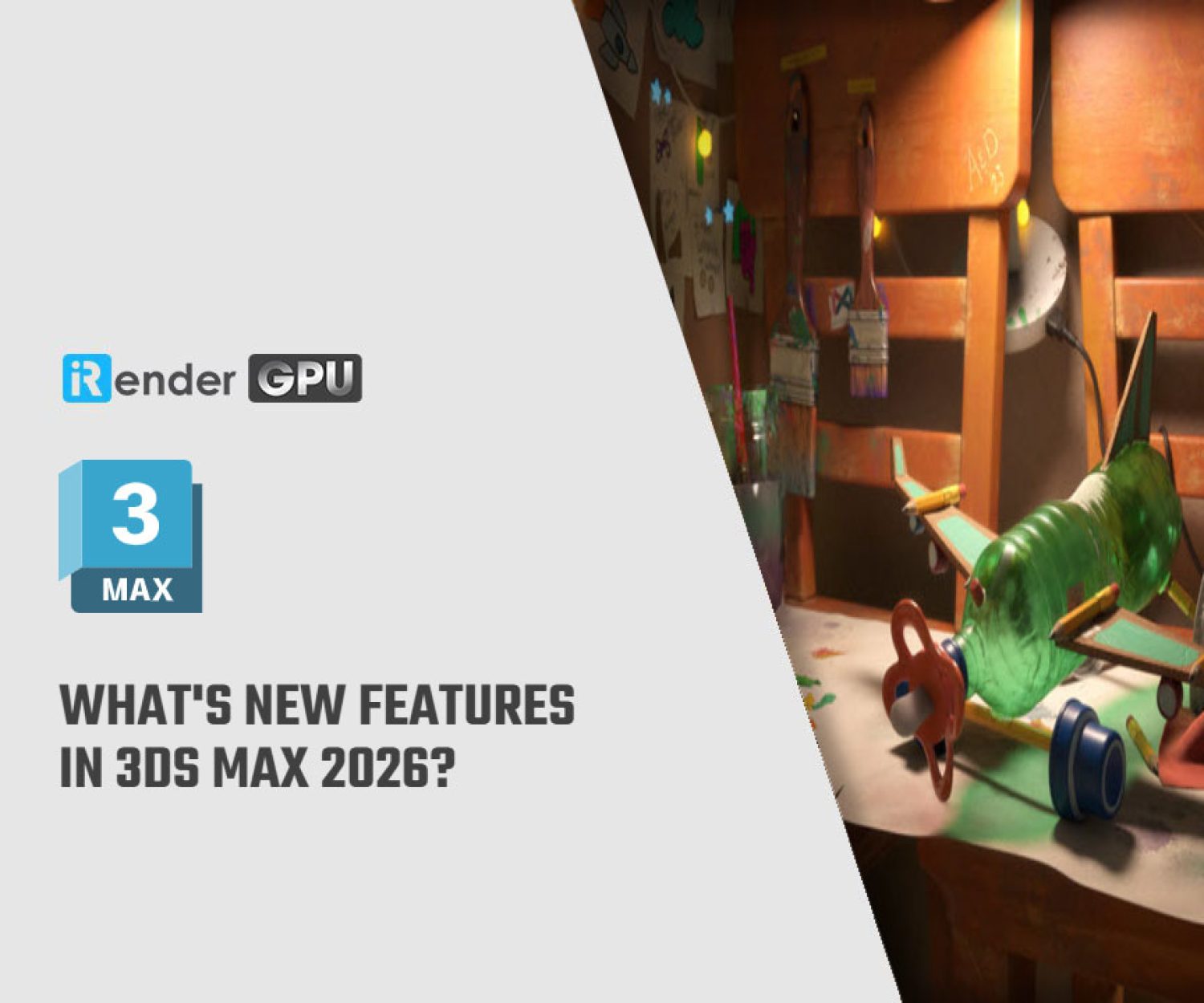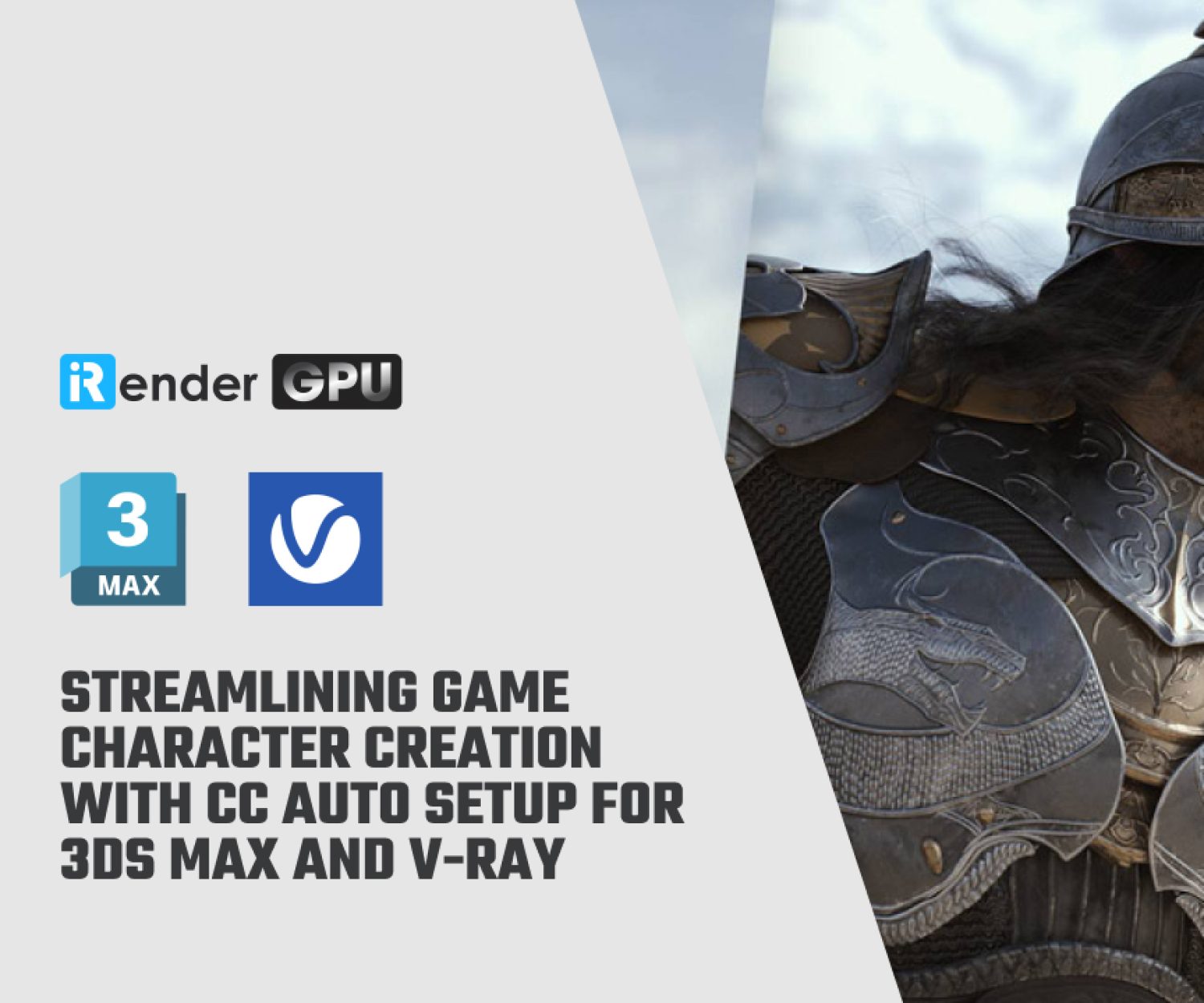Game Environment Modeling - Things you should know
The game environment modeling plays a crucial role in making the game feel immersive and enjoyable to explore. Below is essential information to consider when creating a game environment.
I. Types of game environments
1. 2D game environment
A 2D game environment involves designing flat settings with two-dimensional objects, terrains, and other elements. These models have only height and width, without any depth. Compared to 3D modeling, 2D environments are easier to create and require less computational power for rendering. This type of environment is widely used in genres like platformers and classic arcade games.
2. 3D game environment
A 3D game environment expands on the 2D concept by adding depth, making objects, terrain, and characters three-dimensional. This enhances immersion and interactivity, allowing for realistic movements, dynamic lighting, shadows, and exploration from various perspectives. There are two main types of 3D game environments: low-poly and high-poly.
2.1. Low-poly game environment
A low-poly game environment consists of models with a limited number of polygons, typically around 300. Since fewer polygons are used, the visuals appear simplified and less detailed. However, this approach reduces the time and effort required for design and rendering. Common tools for creating low-poly models include Blender and Autodesk Maya.
2.2. High-poly game environment
In contrast, a high-poly game environment prioritizes realism, utilizing a high number of polygons. As a result, the design and rendering process demands significant time and effort. Popular software for high-poly modeling includes Autodesk Maya, 3ds Max, and ZBrush, which provide tools for sculpting, texturing, and animating. High-poly environments are commonly seen in AAA games and virtual reality, requiring powerful hardware to run smoothly.
II. Game environments for different platforms
1. PCs
When developing games for PC, the focus is on delivering a realistic and immersive experience. To achieve high visual quality, a high-poly game environment is recommended. Additionally, optimizing lighting, transitions, and asset selection is essential for enhancing the environment and supporting the game’s storyline. Unity and Unreal Engine are the preferred software for creating high-end graphics and performance-driven games.
2. Consoles
Console games are designed for smaller screens and handheld gaming, prioritizing accessibility and engagement over ultra-realistic visuals. As a result, game environments typically strike a balance between high-poly and low-poly models. Developers use specialized development kits provided by console manufacturers to optimize the environment for specific gaming consoles.
3. Mobile phones
For mobile gaming, intricate environmental details are less of a priority due to smaller screen sizes. However, a minimalist approach and low-poly designs can still produce impressive visuals. Unity and Unreal Engine are commonly used for developing mobile games, ensuring efficient performance while maintaining a visually appealing environment.
III. How to build a game environment
1. Conceptualizing the environment
At this stage, the foundational idea of the game environment is developed, including the chosen setting, theme, and overall mood. Collecting a variety of references helps visualize the details of the scene and effectively convey the desired atmosphere through art. These references can include environmental concept art, similar game designs, or real-life images and videos.
2. Blocking out the scene
Once sufficient research has been conducted and a clear vision is established, the next step is greyboxing the environment. This involves placing simple shapes in a 3D space to map out the game’s structure and how players will experience it before investing time in detailed assets. This method helps identify potential layout issues early on and allows for easier adjustments compared to modifying high-quality models later in the process.
3. Adding details
At this stage, additional details are incorporated into the basic shapes, such as architectural features or natural elements. Various 3D modeling tools can be used to create game objects, with Unity and Blender being recommended options.
4. Applying textures
Texturing is essential for making models appear more realistic and visually engaging. This step involves adding colors and details to simulate real-world materials like wood, metal, or stone. A common mistake is overusing the same texture, which can make the scene feel repetitive and dull. To keep the environment visually interesting, consider varying or modifying textures.
5. Configuring lighting
Lighting plays a crucial role in setting the mood and improving visibility within the game environment. It’s important to ensure that lighting enhances the scene without overwhelming it. Well-placed lighting can significantly enhance the environment’s appearance and direct players’ attention to key areas, while poor lighting may negatively impact gameplay by making important elements difficult to see.
6. Optimizing for Performance
Since different platforms require varying levels of graphical quality, optimizing the game environment is essential to ensure compatibility. Optimization involves reducing polygon counts where possible and using smaller texture files in areas where high detail isn’t necessary, all while maintaining a visually appealing and smooth-running experience.
IV. Offload the rendering process to iRender’s servers
For heavy scenes like high-poly game environments, not only modeling but also rendering is time-intensive. iRender can help you shorten the render time by our high-configuration machines with upmarket specifications like AMD Ryzen™ Threadripper™ PRO 3955WX @ 3.9 – 4.2GHz or AMD Ryzen™ Threadripper™ PRO 5975WX @ 3.6 – 4.5GHz, 1/2/4/6/8 x RTX4090 or RTX3090, RAM 256GB, Storage NVMe SSD 2TB.
Why can iRender be a great render farm for you?
In addition to high-configuration servers, iRender provides many other utilities to provide the best user experience.
- Dedicated server for individuals: You have full control and access to the server you rent. The working environment (installed apps, files) will be stored for the next use.
- Easy and free file transfer between your computer and iRender’s server: The transferring task can be done via iRender GPU application for Windows and the iRender Drive application for MacOS.
- 24/7 assistance: iRender’s attentive agents are always ready to support all your queries.
- All software compatibility: iRender’s PCs are built to meet the configuration needs of all 3D software and rendering tools at a variety of cost levels for users to choose from.
Let’s see how iRender’s machines work!
New users will get a 100% bonus for the first transaction within 24 hours of their registration. No minimum amount!! If you top up 50$, you will get 100 points in total to hire our machines.
If you have any questions, please get in touch with me through email [email protected] or our 24/7 support team for a quick response.
Thank you for reading
Information source: Retro Style Games, 300 mind, Roblox Image source: 300 mind, Retro Style Games, 80 level, Red Bull, Tech Advisor, The Michigan Daily, Pubg
Related Posts
The latest creative news from iRender Cloud Rendering

